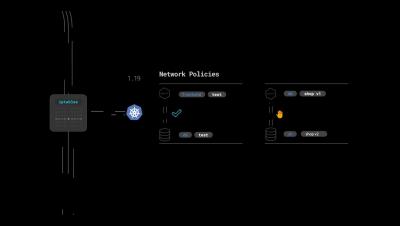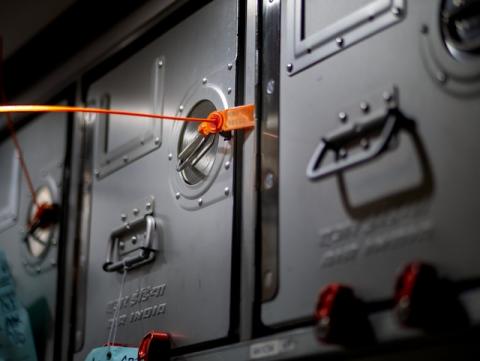Security | Threat Detection | Cyberattacks | DevSecOps | Compliance
Zero Trust
The foundational pillars of Zero Trust
Putting the "trust" in zero trust
In Zero we trust
The network is rapidly changing – What was once known as the ‘perimeter’ that comprised of a crunchy solid exterior with a soft chewy center consisting of endpoints has eroded into a mush of mobile devices, BYOD, IOT and hybrid cloud.
Lookout partners with Google to deliver Zero Trust and BeyondCorp vision for mobile devices
Productivity suites have changed the way we work With the advent of cloud productivity platforms, tablets and smartphones have become an integral part of our work and personal lives. At any time, we are one tap away from accessing the same content as our desktop computers. In some ways, mobile devices have replaced those traditional devices as our main productivity tool. To borrow a line from a current ad campaign for tablets – “your next computer is not a computer.”
Zero Trust Architecture: What is NIST SP 800-207 all about?
“Doubt is an unpleasant condition, but certainty is an absurd one.” Whilst I claim no particular knowledge of the eighteenth-century philosopher Voltaire, the quote above (which I admit to randomly stumbling upon in a completely unrelated book) stuck in my mind as a fitting way to consider the shift from traditional, perimeter-focused ’network security’ thinking to that of ‘ZTA’ (Zero Trust Architecture.)
Zero Trust Architecture explained
With the increase in frequency, sophistication, and cost of cyberattacks, the global focus on cybersecurity is at an all-time high. However, the goalposts for those tasked with protecting businesses have shifted. Hackers have a growing number of ways they can compromise a business and are frequently looking to move laterally within an organization, using credentialed (and often elevated) access.
Preventing Shadow IT from Blindsiding your Zero Trust Plan
I’ve spoken before about Zero Trust approaches to security, but for many of those starting on their journey, there isn’t an obvious place to start with the model. With this post, I wanted to share an example approach I’ve seen working that many organisations already have in place and can be easily rolled into a larger program of Zero Trust hardening: understanding your Shadow IT.
Preparing for Zero Trust and planning your strategy
I listened in on a neat webcast recently, which was jointly produced by AT&T Cybersecurity and Palo Alto Networks: “Preparing for Zero Trust and Planning your Strategy.” Panelists were John Kindervag, Field CTO, Palo Alto Networks, Steve Sekiguchi, Director, AT&T Chief Security Office, Bindu Sundaresan, Director, AT&T Cybersecurity and Tawnya Lancaster, Lead Product Marketing, AT&T Cybersecurity.
Bringing UEBA & Zero Trust Together Making Remote Work Safer
2020 is likely to go down in history as the year of two pandemics, COVID-19 and cybercrime. Certain types of cybersecurity threats have massively intensified this year. For example, the malware NetWiredRC saw a 200% spike in detection rates in March 2020. COVID-19 has caused a sudden shift to remote working. More employees are now working from their homes than ever before. Remote work en masse exposes organizations to increased levels of threats.








